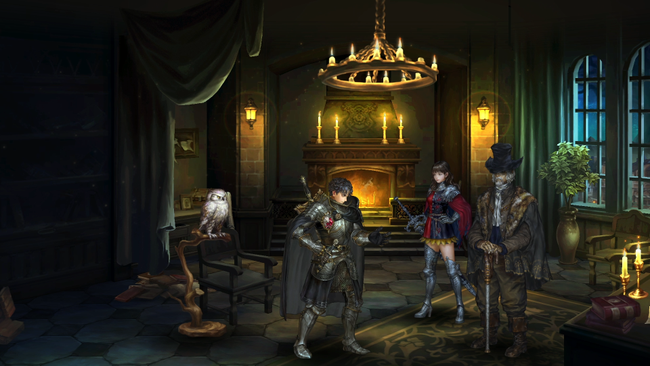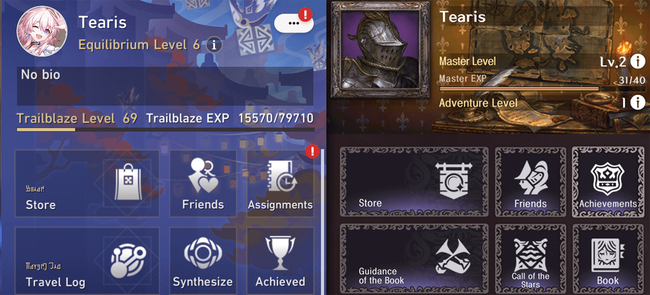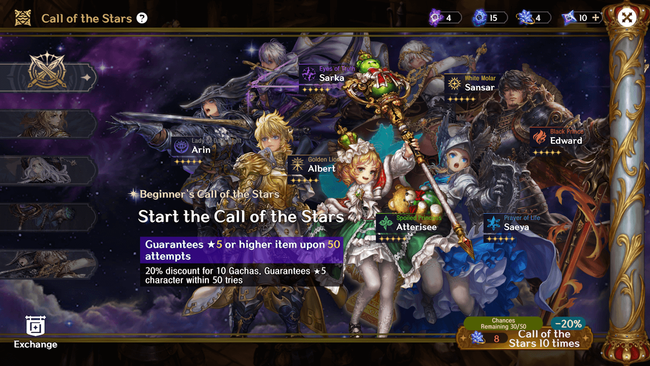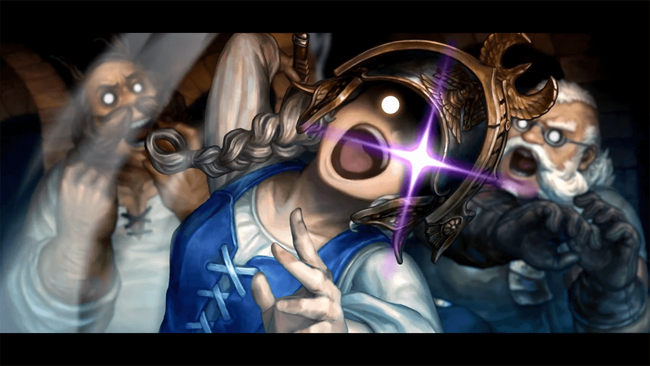
Astra: Knights of Veda Preview - Excellent visual style marred by monetization concerns
Despite not typically being a fan of playing demos, Astra: Knights of Veda managed to capture my interest with its visual resemblance to something Vanillaware would create. With no prior knowledge about the game, I opted to give it a try as part of the Steam Next Fest, where a plethora of demos are available for testing. However, my initial impression soured as I delved deeper into the game.

The story starts with you, a nameless soldier in Prince Edward's army, attempting to stop the Tyrant King, Magnus, who has amassed an army of the undead, evoking something out of Lovecraftian horror. Unfortunately, your character meets their demise during this skirmish, but the Goddess Veda intervenes, saving your soul. Veda implores you to collect the fragments of her body scattered across the world so that she can be resurrected. While the narrative didn't particularly captivate me, I appreciated its dark and gothic presentation.
However, the gameplay leaves much to be desired and bears a resemblance to other gacha action RPGs sharing 2D elements like Echoes of Mana. In my experience with the demo, Astra: Knights of Veda suffers from several issues, including a gear system that consumes an excessive amount of time as you seek desired stat rolls, as well as an action game control scheme that falls short. Your characters are equipped with four actions: a regular attack, dodge roll, regular skill, and super attack. Some character actions also deplete the blue stamina gauge.
The control scheme can be frustrating, especially when using a controller, as certain UI elements don't work smoothly, necessitating a switch to the keyboard and mouse. However, this alternative control method also has its drawbacks, as most attack keys are clustered on the right side of the keyboard, requiring you to play with both hands on the keyboard or manually click on-screen icons to perform attacks.

Additionally, the game adheres to the Hoyoverse tradition of utilizing an energy system for resource grinding. While the gameplay shows potential, it appears to succumb to common gacha game pitfalls, potentially demanding a significant time investment or in-game purchases for meaningful progression later in the game, or even chasing industry trends.
The initial enthusiasm I had for Knights of Veda quickly waned when I discovered that it essentially functions as a full-fledged gacha game. Many of its elements appear to be directly borrowed from miHoYo's Hoyoverse, especially Genshin Impact or Honkai: Star Rail. The user interface, gacha mechanics, and the existence of two separate in-game currencies for limited and regular banners all closely resemble miHoYo's established approach.
Additionally, the presence of a beginner banner, reminiscent of Honkai Star Rail, with similar currency costs and a pity system, was a notable resemblance. As a fan of Hoyoverse games, I do like their games for their rich storytelling and core gameplay mechanics. But over here, it appears that this game has adopted only the worst aspects of Hoyoverse games. A particular concern is the lack of disclosure regarding character rarity rates, which is a notable omission for a beta version of the game.

Regardless of gameplay, one of the redeeming qualities of Astra: Knights of Veda lies in its aesthetics. The game boasts stunning 2D art that appears as if it were lifted directly from Dragon's Crown, complete with its exaggerated character anatomies. Notably, the summoning animation stands out as one of my favorite art pieces, featuring the Blacksmith's daughter smashing Veda's box in a crazed state.
My initial interest in Knights of Veda was marred by its resemblance to popular gacha games and its monetization practices, which left me with a somewhat negative impression, and I'm hesitant to go for the full release. This sentiment was compounded by concern for aggressive monetization, if this game tries everything in adopting the worst free-to-play RPG practices. Perhaps my hope for some sort of successor to Dragon's Crown led me to wish that this game wouldn't follow the Games-as-a-Service model.
